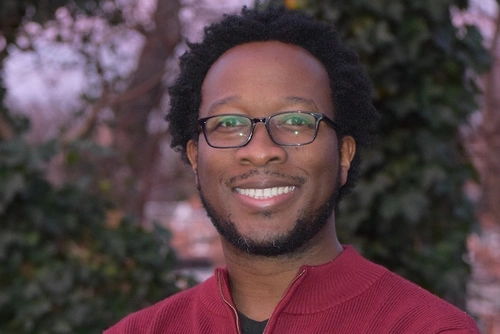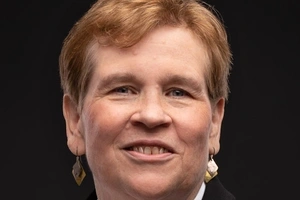What do first-generation college students need to know to succeed? It’s a basic question, but one that Marcus Wright, a Penn GSE doctoral student in higher education, says colleges often overlook.
When the COVID-19 pandemic forced colleges to make a series of disruptive choices, Wright, who is also an Undergraduate Program Manager and Academic Coordinator in Penn’s Department of Sociology, saw a natural experiment.
He analyzed the COVID-19 websites of 24 highly selective universities to see how they were, or weren’t, communicating with first-generation college students. His findings, “Generation-Blindness and the COVID-19 Websites of Highly Selective Universities,” were recently published as part of the Penn Education and Inequality Working Papers series within the Department of Sociology.

Omnia recently sat down with Wright to discuss what he learned.
Omnia: Why did you decide to use university COVID-19 websites as your litmus test?
Wright: Everything is remote now. This unprecedented pandemic created a situation where the universities all felt like they had to put up a dedicated COVID-19 website to maintain communication with students and their families. This was an opportunity, when all the chips were down, to gain some insight on what the priorities of these institutions really were. Considering the onset of the pandemic, when so much was unknown about the virus, institutions had to think, “What are the most critical things we need to put on this website?” Once we see what made it to the websites, we can determine that anything that's not on there was not considered enough of a priority to be included on these important public-facing vehicles of communication. Sometimes, in making the choices of what goes into messaging like this, institutions are unaware that they are deprioritizing certain issues that heavily impact underrepresented students. In essence, this could be emblematic of a larger problem at the institution. This is why I came up with the term “generation-blindness” to describe how institutions overlook or undervalue issues critically important to first-generation students, with these websites serving as a visual example.
We also know that a higher proportion of students of color are first-generation, and that COVID-19 has had damaging impacts on communities of color. The students’ families are being impacted in all different kinds of ways, whether it’s losing their jobs or persevering through pre-existing health conditions. First-generation students have a lot of that on their minds at the same time that they're trying to navigate this whole sense of belonging in college. They're dealing with a lot of different components that compound on each other to create a potentially maddening daily experience.
Omnia: What did your analysis of the websites reveal?
Wright: I analyzed the COVID-19 websites of 24 highly selective universities. I reviewed the landing page of each site, and if there was an undergraduate student link on these pages in relation to the pandemic, I reviewed that as well. My hunch was that these were the pages that an undergraduate first-generation student would go to first, so I looked to see how many of the pages mentioned the term “first-generation students” at all. Only one of the websites did. I then checked to see if the sites at least addressed the concerns of first-generation students, which I collected from the student newspapers of these institutions, related to the onset of the pandemic. Although the institutions addressed a lot of concerns that first-generation students had, they severely underprioritized the concerns that were the most salient, ones that dealt mostly with the home and families of these students.
Media Inquiries
Penn GSE Communications is here to help reporters connect with the education experts they need.






